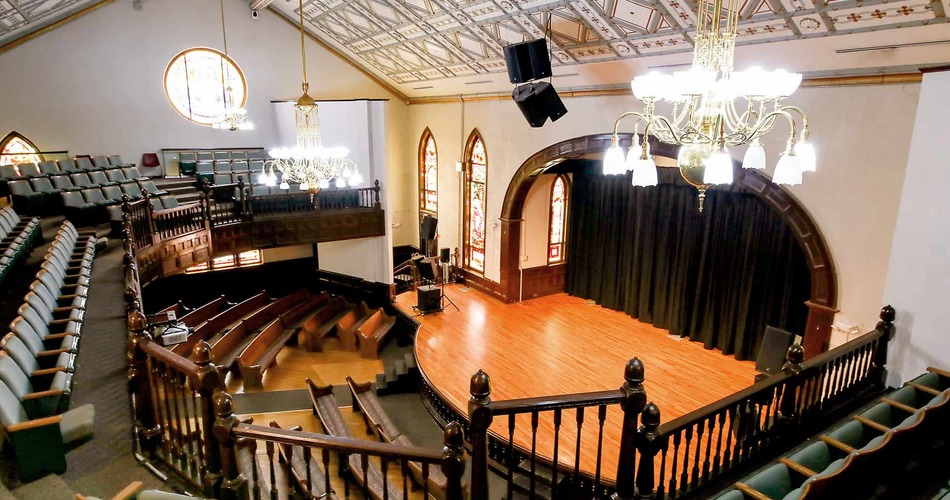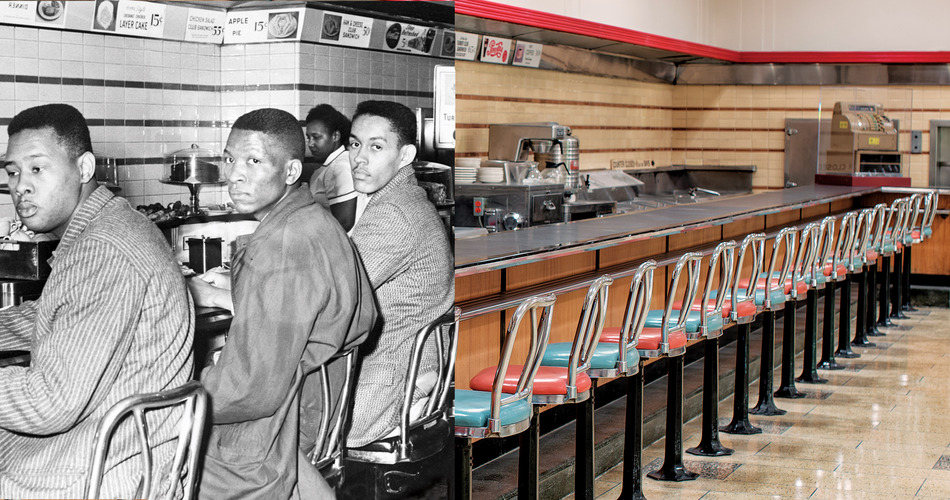As a pioneer in the civil rights movement, North Carolina offers visitors a broader understanding of its early stages
By McCarney Walsh
In the Civil Rights Movement, North Carolina is seen as the motherland of pivotal precedents set due to its long list of “firsts” that took place here. From the first higher education building for African American women, to a sit-in that would start a revolution across America, North Carolina is a state rich in history, and invites travelers to walk the path that was carved by those before them.
F.W. Woolworth’s Building/International Civil Rights Center and Museum
In Greensboro on Feb. 1, 1960, four African American college students—Ezell Blair Jr., Franklin McCain, Joseph McNeil and David Richmond—planned a peaceful protest at the lunch counter of F.W. Woolworth’s five-and-dime, where it was policy to refuse service to anyone who was not white. The sit-in quickly turned into a 300-student protest at Woolworth’s and neighboring businesses. The movement rapidly caught the media’s attention and sparked college students throughout the North and South to plan their own sit-in protests. The old Woolworth’s building has been turned into the International Civil Rights Center and Museum and welcomes everyone to sit at the counter and learn about the groundbreaking protest.
Shaw University and Estey Hall in North Carolina
Located in the state’s capita, Raleigh, Shaw University was the first institution in the South providing African Americans a higher education. The campus itself is steeped in history and lit the flame that illuminated many pathways for generations of civil rights activists to come. At the university on East South Street, Estey Hall was the first building in the United States that was designed with the purpose of providing a higher education for African American women. The building was erected in 1874 with its initial purpose being to house African American women attending the university. The building is the birthplace of the Student Nonviolent Coordinating Committee created in 1960 by Ella Baker, civil and human rights activist. Travelers can visit this influential building and walk in the footsteps that paved history forever.

Hayti Heritage Center
North Carolina’s Hayti Heritage Center
The African Methodist Episcopal Church (AMEC) is the first African American, Protestant congregation in existence. AMEC missionary and former slave Edian Markham came to Durham to create a branch in the south. The church began as four posts in the ground with branches and boards for a roof, those who came to worship brought stools to sit on or sat on the ground to hear the word. As more Pastors came and went and the congregation grew in number, the church took on many different forms and now stands as a grand, strong structure. Formerly known as St. Joseph Church, the now Hayti Heritage Center is prosperous, and was built from the spirit, love, and support of the AMEC community, still standing tall to this day.
Top photo: F.W. Woolworth’s Building
Photos courtesy U.S. Civil Rights Trail
If you’d like to Get More Field Trip Ideas, be sure to Subscribe to Student Travel Planning Guide and Download our Current Issue for FREE






